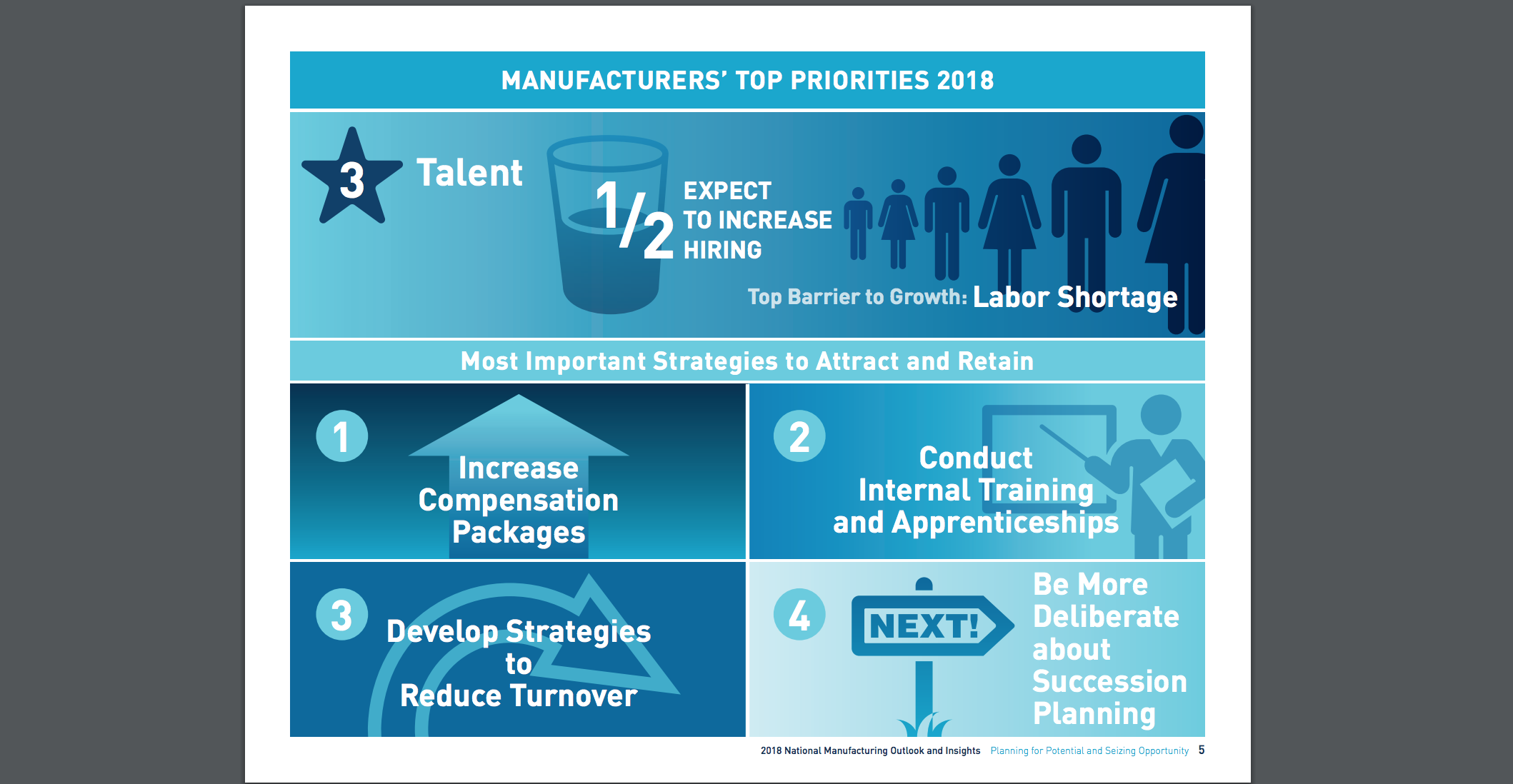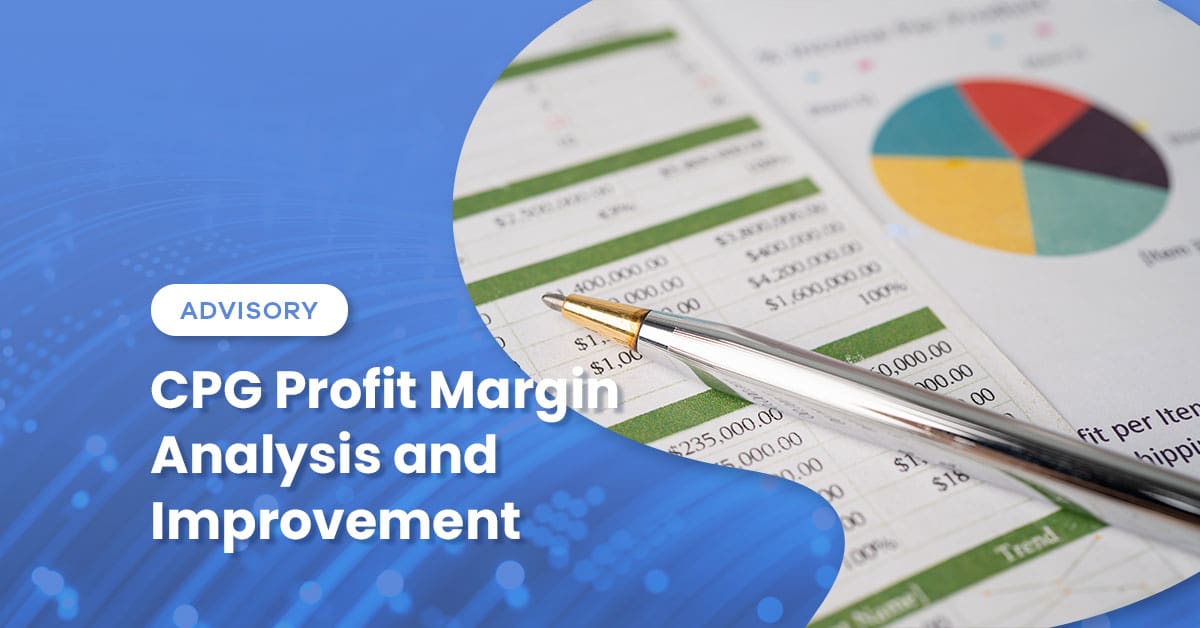By Rachel Kleiman
A letter from a student loan refinancing company is placed on your desk. Have you wondered if refinancing is worth it or just a scam?
Refinancing means taking on new debt with new terms in order to pay off older debt. By refinancing, you can reduce monthly payments, secure a lower interest rate, and renegotiate the term of your loan. Additionally, refinanced student debt is still student debt, meaning you will still receive a 1098-E for tax purposes. Refinancing comes with many benefits, but they have to fit in with your goals. Below are the factors you should consider before refinancing.
Interest Rates
First, you want to determine what the current interest rates are on your loans. Most student loans have interest rates of 4-12% depending on the type of loan.
By refinancing, you can shop for lower interest rates. The higher your current rate, the more you benefit by refinancing to a lower rate. Lenders offer fixed and variable rates. Variable rates are lower than fixed rates to start, but can increase or decrease over time. If the interest rate is below the original loan interest rate, you are saving money.
To qualify, you must have a steady job and a high credit score. This shows that you are an excellent candidate for a loan as you pose less risk. (Read: you will make payments on time.)
Current Loan Payoff Amounts
While researching your current interest rate, take note of your payoff amount. You will notice that this is higher than your loan balance because it includes any unpaid, accumulated interest. The total payoff amount for all loans you want to combine through refinancing will be the balance of your refinanced loan.
If you have a high payoff balance, then you should consider a longer repayment period to keep monthly payments low. Conversely, if you have a low payoff balance, a shorter repayment period would save you money on interest. Most lenders boast 5, 10, 15 and 20-year repayment plans.
Monthly Payments
Your monthly loan payment depends on your income. The more money you earn, the more you can afford to pay each month. Per federal guidelines, affordable monthly payments are equal to 10% of your discretionary income. This is calculated by taking your after-tax monthly income (or net amount of your paycheck) reduced by your minimum living expenses (i.e. rent, food, car payment). This amount multiplied by 10% is the amount you can afford to pay each month.
Use your current monthly payment as a baseline. If you are struggling to make your current payment, you should consider refinancing for a lower monthly payment.
Credit Score
Your credit score determines the interest rate and terms you might qualify for making it an important part of the refinancing process. If you are considering refinancing, you should find out your score and understand what it means to private lenders.
Most lenders look for a credit score of 650 or higher. If your credit score is below this number, you might want to consider a cosigner to reduce risk to the lender.
Cosigners
As mentioned above, you might be required to have a cosigner to your loan if your credit score is too low or if you do not have steady employment.
Alternatively, refinancing can release a cosigner from a previous loan granted that your circumstances have changed and you qualify for a loan without a cosigner.
Combining Loans
The average student has up to seven student loans with two or three different loan servicing companies. These companies buy and sell loans at their discretion. By refinancing multiple loans into one, it is easier to manage the monthly payment and track monthly interest rates.
Some lenders are allowing students to refinance and combine federal and private student loans. You should verify with your potential refinancing lender whether this is an option and how they handle the combination.
Combining federal and private student debt is different from consolidating federal student loans. Under federal student loan consolidation, the weighted-average interest rate becomes the new interest rate on the combined loans. Refinancing creates a new loan with a new interest rate.
Repayment Options
Federal Student Aid office funded loans contain protections such as income-based repayments, loan forgiveness programs, and deferment or forbearance under federal rules. By refinancing, you could be giving these options up. Before refinancing these loans, you need to be confident that you can make payments now and in the future.
Some lenders provide flexible repayment options. You should check to see if the lender has policies that allow you to adjust your payments if you experience financial hardship. Additionally, you should ask about the lender’s willingness to work with struggling borrowers.
Customer Service
Bad customer service can add stress and make managing debt a miserable experience. As you will be working with the lender for the next 5-20 years based on your repayment plan, you should make sure the lender has good customer service reviews. Make sure you do the research before selecting a lender as these companies are competing for your business.

 Previous
Previous





